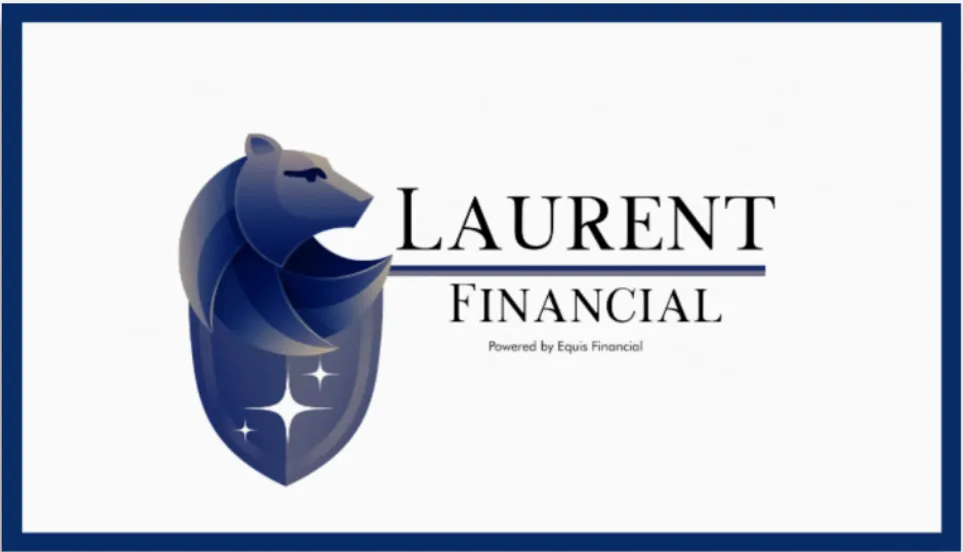Term Life Insurance
Protection on your terms.
It's one of the most affordable types of life insurance designed to protect your loved ones for a set amount of time. Find out how much coverage you'll need.
Term Life Insurance
Protection on your terms.
Insurance is the best way to protect
the life you've worked hard to build
and give you (and your family) more
financial flexibility when it's needed
most.
The right time in your life for term life.
A term life insurance policy will help make sure your mortgage gets paid, your kids are able to pay for college, or your family can cover everyday expenses should something happen to you. It's an affordable way to have the protection you want for a specific period of time.
Less than
$1 a day
That's all it takes to make sure
your family can be taken care
of financially if the
unexpected happens.
Term life coverage that fits your life.
It's affordable
For less than $1 a day, you can have the right amount of term life coverage you'll need to make sure your loved ones are taken care of financially if you pass away.
It's yours
Having a policy with us means you're not tied to a workplace plan. You'll get the right amount you need (typically not enough through work) and it will be with you wherever your career takes you.
It's flexible
As life changes your term life policy can, too. You can convert some or all of it to a whole life insurance policy that gives you lifelong coverage and builds cash value you can use for anything.
You've got term life insurance questions,
We've got answers.
What is term life insurance
Term life or term insurance is simple: You determine the right amount of coverage you need (with the help of your advisor), then you figure out for how long you need coverage for and choose from the available periods. Once that time is up, so is your coverage. Looking for coverage that's more permanent? Whole life insurance. lasts your entire life and has other benefits that you can use along the way.
How long does term life insurance last?
Term insurance policies are for 10 and 20 years or until you turn 80 years of age, but once those terms end, so does your coverage.
Will my premiums stay the same or increase each year?
It depends on the type of coverage you get. There are two types: annual renewable and level premium.
Annual renewable term life insurance gives you coverage at a lower initial cost, but the premiums will increase every year as you get older.
Term 80 is our longest coverage term that lasts until age 80.
Term 10 is our most affordable coverage that lasts for up to 10 years.
With level premium term life insurance, your premiums will stay the same throughout the term.
Level Term 20 covers you for 20 years and your premiums will not go up throughout the entire period.
Level Term 10 also gives you coverage for 20 years, but the premiums will increase for the second 10-year period.
Talk to an advisor about which type of term life is right for you
Which is better: term or whole life?
The best one for you depends on your goals. The biggest difference is that term life insurance covers you for a set amount of time and is likely to be less expensive than whole life insurance.
On the other hand, whole life insurance covers you for life and it has a lot more you can use throughout your life. It gives you the chance to increase coverage as your needs change. Whole life builds cash value over time (tax-deferred) that you can use for anything. Plus, it can earn dividends (while not guaranteed) that can be taken as cash, used to pay premiums, or buy more coverage.
Isn't work coverage enough?
It's a great perk, but life insurance offered through your employer usually won't give you the amount of coverage you may need. Typically, you want around 10 times your annual salary, but most employers offer only one to two times your annual salary. Also, if you leave your job or go out on your own, you can't take your coverage with you. And when it comes to affordability, the younger you get covered the less expensive it will be.
Is term life insurance affordable?
Surprisingly so, but the cost depends on things like your age, health, as well as the amount and length of coverage you need. A $500k policy that would cover you up to age 80 for a 35-year-old female will initially cost about 72¢ per day, and for a 35-year-old male it's only 87¢ per day initially. The best way to get an accurate quote is to talk to an advisor.
Does term life insurance have a cash value?
Term life insurance does not have a cash value like whole life or universal life, because it only covers you for a limited time period. Connect with an advisor to explore your options.
What is term conversion?
When you're younger, term life insurance can be a simple way to protect your loved ones. But as life changes your financial priorities can too, so you may want to have whole life insurance for its lifetime coverage and additional benefits that you can use while you're living. That's where a term conversion comes in.
You can convert some or all of your term coverage into a whole life policy. Approval is guaranteed regardless of your health. The premiums won't increase once they're set, but they will go up with age, so it's a good idea to lock them in early.
Get matched with a financial advisor in four easy steps.

About Us
Medicare
Insurance
Disability
Long Term Care
Income Annuities
Blog
Call Today: +1 844-515-0754
Email Us: [email protected]
Copyright © 2024
is an Insurance Company
All Rights Reserved.